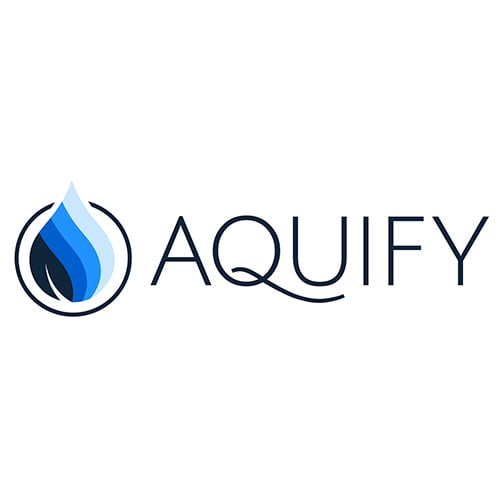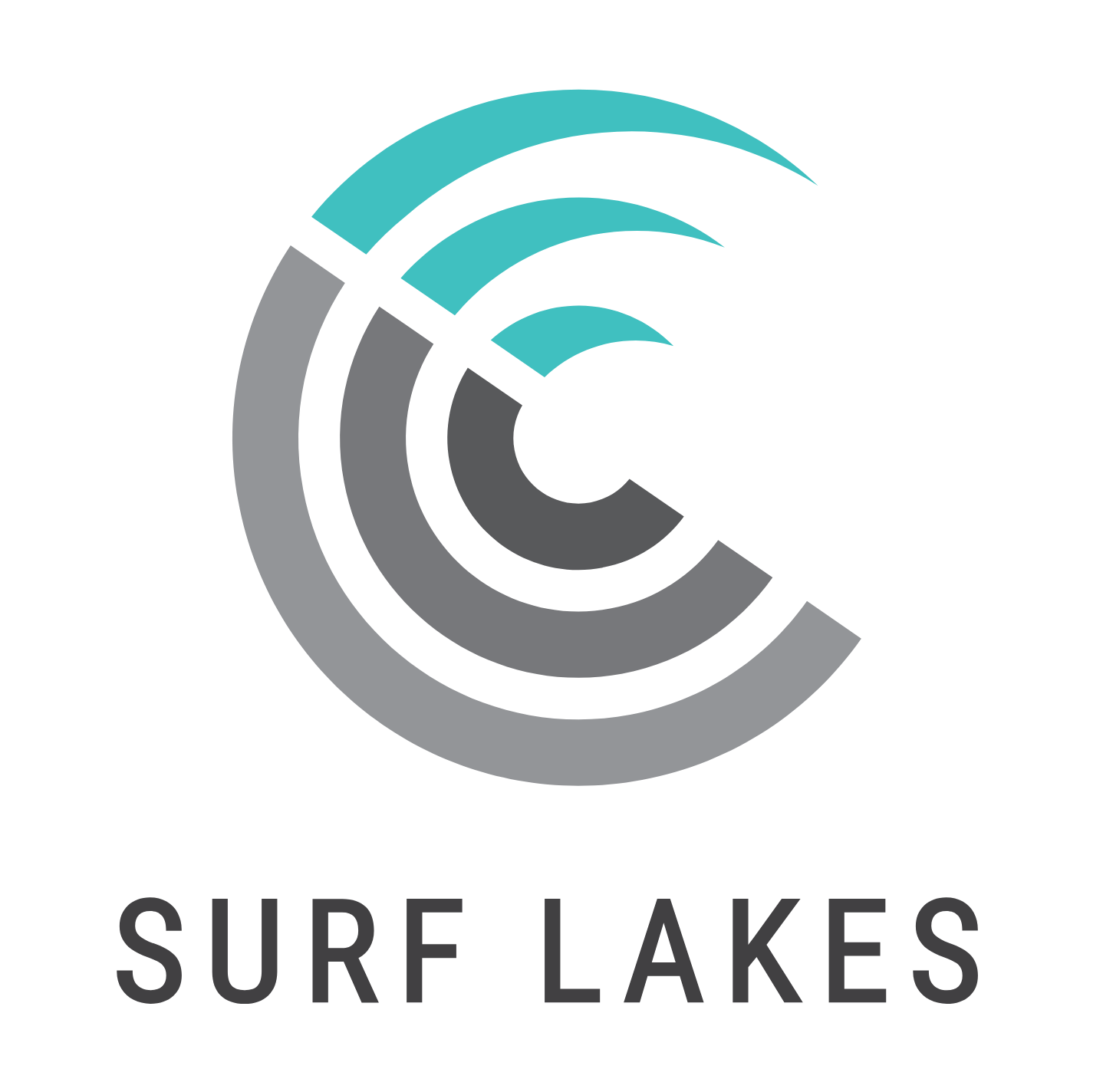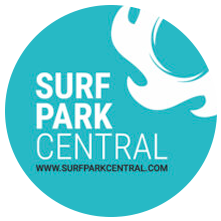By Jess Ponting
Surf parks are proliferating around the globe – there are now 22 dynamic-wave surf parks in operation. Guaranteed wave quality, wave count, absence of hassling, and the ability to book a session at a convenient time, even after dark, have very likely led to some substitution between traditional surf trips and surf park visits. It seems likely that some surfers will opt to visit a surf park instead of rolling the dice on conditions and spending big to travel internationally in search of waves that might not come. Are surf parks eating traditional surf tourism’s lunch? Let’s find out.

Surf Park Central’s 2024 Consumer Trends Survey revealed that 18% of all surfers (across a global sample of 4,310 surfers) have substituted a trip to a surf park for a conventional surf trip. Of the entire sample, 47.7% have visited a surf park. Of that group, 40.2% have already substituted at least one surf park visit for a conventional surf trip in the past 12 months. Notably, this trend appears to be consistent across genders though there are significant differences between skill-based groups of surfers:
- Beginner surfers are the least likely to replace conventional trips at 29%.
- Intermediate surfers show the highest substitution rate at 47.2%.
- Experienced surfers fall in between, with 39.0% replacing ocean surf trips.
- Advanced surfers show similar substitution trends to experienced surfers, with 38.7% opting for surf parks.

Source: 2024 Surf Park Consumer Trends Survey: Surf Park Central
When it comes to future surf travel substitution intentions, far more women reported that they are likely or very likely to substitute a surf park visit for a conventional surf trip in the next 12 months than men at 47.8% to 37.7%.

In terms of reported surf skills, there appears to be a reverse correlation between surf skills and the likelihood of replacing a traditional surf trip with a surf park visit. This is interesting as more intermediate and above surfers have made the substitution, but more beginners plan to do so. Beginners are seeing better value in their surf park experiences compared to conventional surf trips. This is perhaps not surprising given all the advantages of guaranteed high-quality waves that you don’t have to fight for combined with the convenience of onsite rentals, surf schools and instruction as required.

So how much of traditional surf tourism’s lunch is being eaten here? (pulls out a napkin for calculation purposes). There are now around 50 million surfers worldwide according to my old mate Dr. Ralph Buckley writing for the journal Ocean Sustainability in 2024. In a 2022 paper published in the Journal of Sustainable Tourism, Dr. Leon Mach and I found that surfers (pre-pandemic) took an average of 0.928 surf trips per year, and based on new 2022 data we know that an average of $2,500 is spent on each of those trips inclusive of travel costs. If these numbers are to be believed, that’s $116 billion in annual surf tourism spending.
If surf parks were able to be a substitute for 18% of conventional surf trips, as the 2024 consumer trends research suggests they are, that represents $20.9 billion dollars in conventional surf tourism spending being diverted by the surf park industry.
The average spend in a surf park is far less than a traditional surf trip. The Surf Park Central Consumer Trends Report of 2023 showed it to be $290. So, if 18% of the 46.4 million surf trips we expect the world’s 50 million surfers to make in a year are substituted for surf park visits, that represents 8.5 million surf park visits each year and $2.465 billion in surf park spending.
To be clear, surf parks are potentially eating surf tourism’s lunch to the tune of $2.465 billion a year. And counting. The flip side to this is the new surfers being created by surf parks and the surfers who are more fit and whose skills are more developed because of their regular surf park visits who are now looking for conventional surf trip experiences. Even surf park hating purists would be stoked to learn that 8.5 million surf trips are being diverted from their favorite surf breaks, presumably mitigating increasingly crowded conditions.
Membership and Bundling Adoption
A data point that is indicative of the intended future and regular use of surf parks is the adoption of memberships or purchasing of bundled surf time packages. The results from the 2024 Consumer Trends Survey show that:
- 36% of surf park visitors have purchased a membership or a multi-session bundle.
- Membership rates are highest among intermediate surfers (43.4%) and lowest among advanced surfers (25.0%).

When analyzing membership and bundle purchases by surf park visitors, significant variations emerge with Alaïa Bay reporting the highest rates of membership and/or bundling. Waco Surf reported the lowest rates.
- Alaïa Bay, Switzerland (50.0%)
- The Wave Bristol, UK (44.4%)
- URBN Surf Melbourne (43.1%)
- Palm Springs Surf Club, California (35.8%)
- URBNSurf Sydney (34.9%)
- Waco Surf, Texas (18.8%)

The Broader Impact on the Surf Industry
The shift toward surf trip substitution with surf park visits could have significant implications for both the surf travel industry and local surf economies. While conventional surf tourism will always hold an appeal for those seeking adventure, cultural experiences, and waves larger than those currently available in surf parks, surf parks provide a viable alternative for those looking for a quick and hassle-free surf session at a fraction of the overall cost. Additionally, destinations that rely on surf tourism may need to adapt by offering unique experiences that surf parks can’t replicate. The data suggests that while surf parks are becoming an integral part of modern surfing, they do not replace traditional surf trips altogether. Instead, they complement them by offering a reliable alternative when conditions or schedules don’t allow for conventional travel. The relationship between surf parks and surf tourism will continue to evolve and create new opportunities.































You must be logged in to post a comment Login